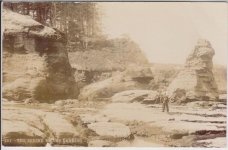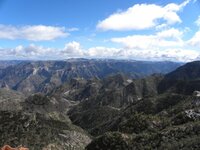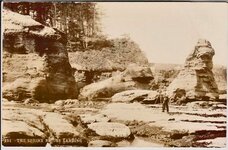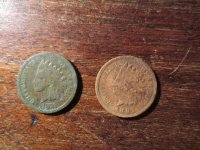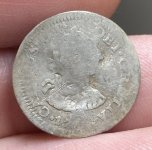Springfield
Silver Member
Well, Double E, for those who think the old photo shows a carved sphinx at the top of the butte, the only recourse would be to identify the proper hill, then climb up there and inspect the area. I believe they'll find nothing more than natural features when they arrive on site, wherever it may be, but you never know. This takes a strong belief, not just an off-the-hip conclusion, and I doubt it'll happen. I've been halfway up Isis myself, back in the '70's, and I assure you it's not a stroll in the park.
Like I said, I'm not married to Isis Temple as the butte in the old photo, but until someone comes up with a better option, I'll hold. As far as the Kincaid location is concerned, if there really was such a place discovered in the early 1900's, then based on what I've read (years ago by now, granted), Marble Canyon would be where I would start. I believe the Grand Canyon may hold profound secrets, but their locations may well be impossible to find without prior knowledge. I once spent an entire week very far off-trail in side canyons that very few people visit and barely put a drop of water in a swimming pool of possibilities. They say the cops are restricting travel in much of the canyon now - if so, that's too bad.
Like I said, I'm not married to Isis Temple as the butte in the old photo, but until someone comes up with a better option, I'll hold. As far as the Kincaid location is concerned, if there really was such a place discovered in the early 1900's, then based on what I've read (years ago by now, granted), Marble Canyon would be where I would start. I believe the Grand Canyon may hold profound secrets, but their locations may well be impossible to find without prior knowledge. I once spent an entire week very far off-trail in side canyons that very few people visit and barely put a drop of water in a swimming pool of possibilities. They say the cops are restricting travel in much of the canyon now - if so, that's too bad.







